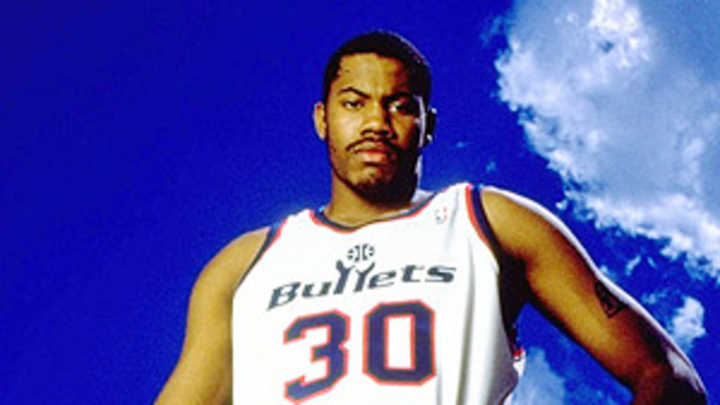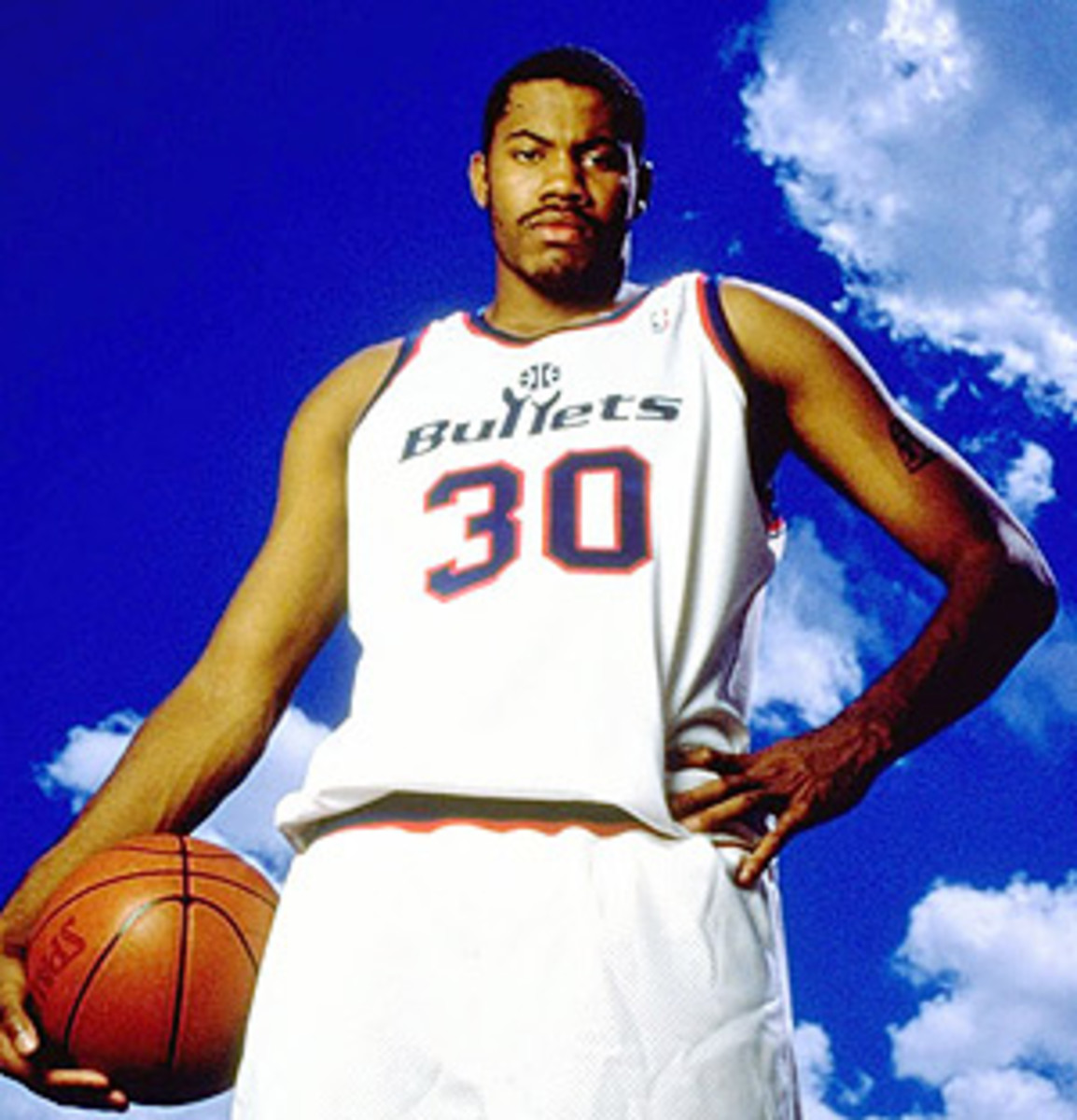Court Vision: A lesson from Rasheed

As Rasheed Wallace knows, the ball never lies. (Nathaniel S. Butler/SI)

By Rob Mahoney
• An important reminder from the indispensable Tom Ziller, as applicable to the world of sports analysis as it is to political commentary:
I don't know what in history made us as a people think we know everything, or made us as a people think we're supposed to act like we know everything. The only thing we know is that we know nothing. So we need to rely on data. We need to rely on math. We need to rely on what the ball tells us. Sheed knows. The ball does not lie.
• Kevin Pelton of Basketball Prospectus took a much-needed look at the long-term reliability of early season performance. As one might expect, there is nothing even resembling a definitive analytical cutoff. The data available skews more toward the reliable with each passing game, and settles into a more stable pattern once a few initial outliers are out of the way.
• Two fun capsules on a pair of interesting rookie-veteran relationships.
• Howard Beck of The New York Times on Gerald Wallace:
Eight months later,
Gerald Wallace
is still the most intriguing element in the
Nets
’ chemical composition, a free radical with the power to shape their still-evolving identity.
Wallace is the Nets’ hustle, their strength, their grit and their versatility. He can guard three positions and anchor a small lineup. When the time comes, he will check
LeBron James
,
Carmelo Anthony
and
Paul Pierce
. He is the best hope the Nets have of becoming a respectable defensive team.
If
Deron Williams
is the Nets’ most indispensable player, Wallace is a close second.
• It's also worth noting that, per his comments in Beck's piece, Nets GM Billy King went about constructing his roster with the Miami Heat -- as an opponent, not a model -- in mind.
• Mike Prada does a wonderful job of laying out why Danny Granger's absence -- which could last three months, if not more -- is debilitating to the Pacers' offense.
• For the Lakers to establish any kind of consistent offensive success within their quasi-Princeton offense, Dwight Howard will need to be comfortable and helpful in the high post. Darius Soriano of Forum Blue and Gold took an initial look at Howard's potential at the elbow, and what his placement there might mean for L.A.'s offensive spacing:
Furthermore, with Dwight at the elbow, the defense has a unique problem. If Dwight’s man leaves to double team he’s allowing Howard to dive from the FT line with the best passing big man in the league ready to drop him off a pass that will surely end with either a basket, a foul, or both. Not to mention that if Dwight’s man leaves him but the pass doesn’t go to him, he still has a wide open lane to crash the glass and be an offensive rebounder.
What the Lakers have figured out -- and based off how many times they ran a variation of this set, they have figured something out -- is that the defense must respect Dwight if he’s anywhere near the paint. His ability to cut to the ball and score off passes or simply get to the front of the rim for rebounding chances means that his man has to keep within arm’s distance of him at nearly all times or risk being exposed.
• Behold, the power of the slip screen. (Also: It's good to see Jason Terry's entirely overlooked screening game placed front and center. JET did frequent baseline pick work over the course of his career in Dallas and has a great sense of when and where to flare out to get open looks.)
• Be sure to check out this cool, multimedia-infused profile on Bradley Beal. (via Harvey Araton)
• In his examination of Kosta Koufos at Gothic Ginobili, Aaron McGuire accurately sums up the limitations of Denver's frontcourt:
While the Nuggets have a ton of big men who are above-replacement-level and solid offensive players, only one of the Nuggets' big men is currently a plus defender -- Koufos. The other Denver big men can stumble into good defensive plays, from time to time (see: McGee's block average, Faried's occasional possessions of post brilliance) but none have been able to solidly capture that defensive intensity in a manner that screams "build the defense around me." And frankly, neither has Koufos. He's a decent pick and roll defender that appears to fall apart when matched by someone larger than he is. He doesn't do one-on-one coverage very well, but he can help defend plays. Unfortunately, given the other defensive frontcourt talent on the Nuggets, he doesn't JUST need to defend plays -- he also needs to do man-to-man post defense, and he needs to try and protect the rim, and he needs to do so many things to make this team hum defensively that his actual defensive skills get buried in the miasma.
